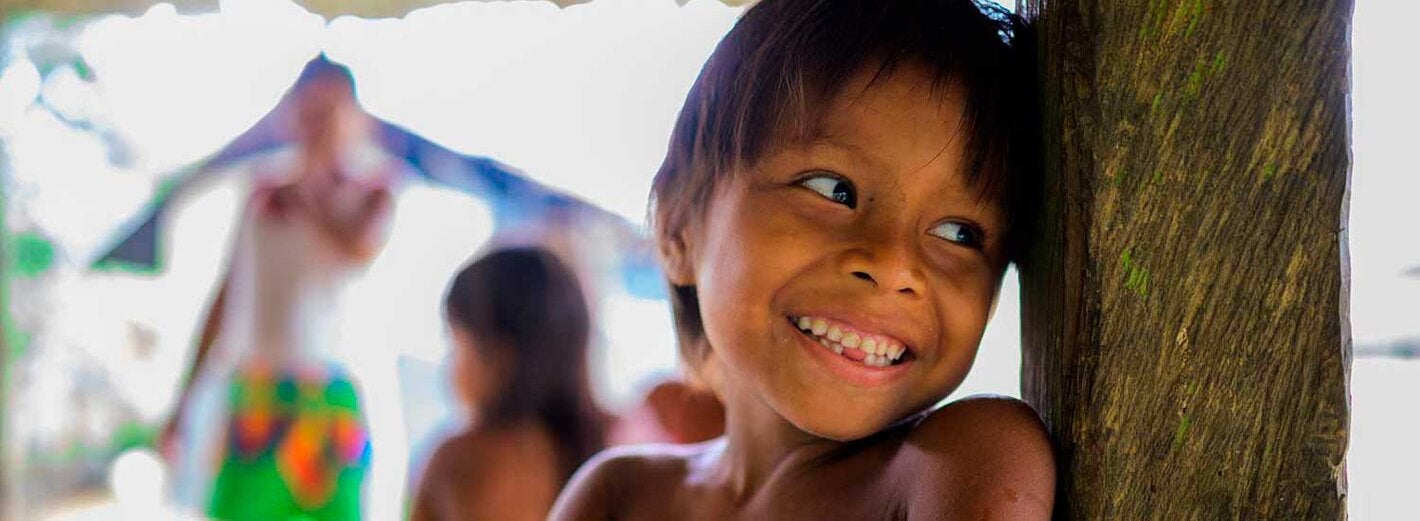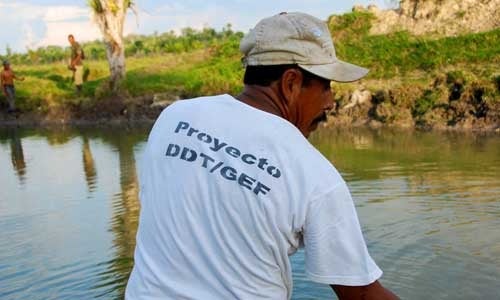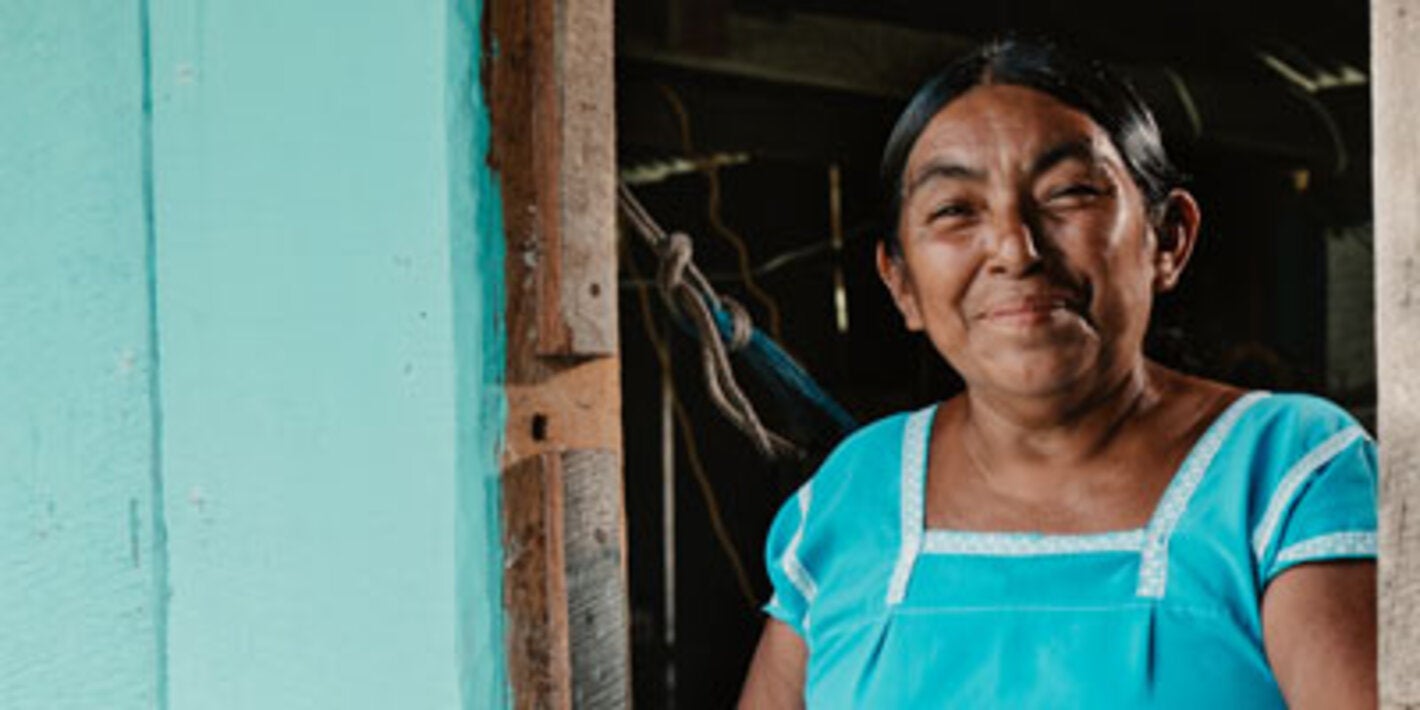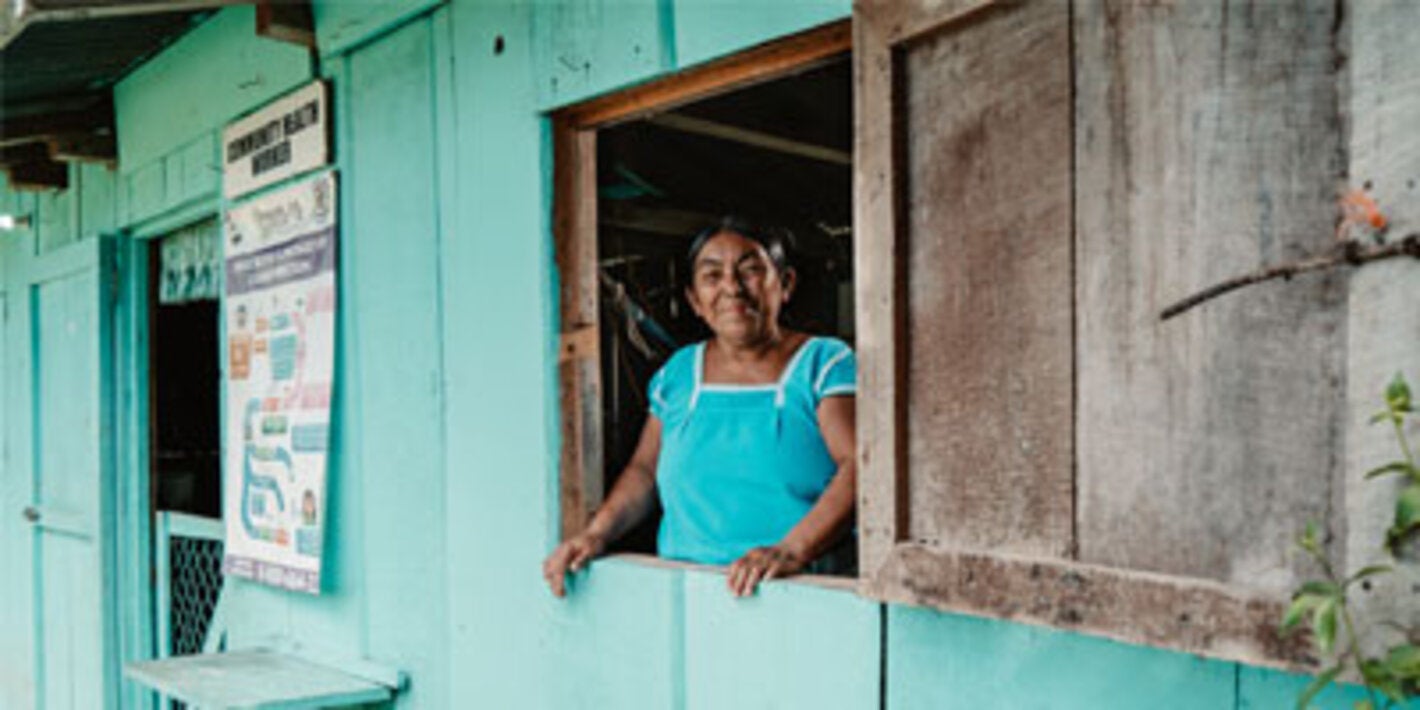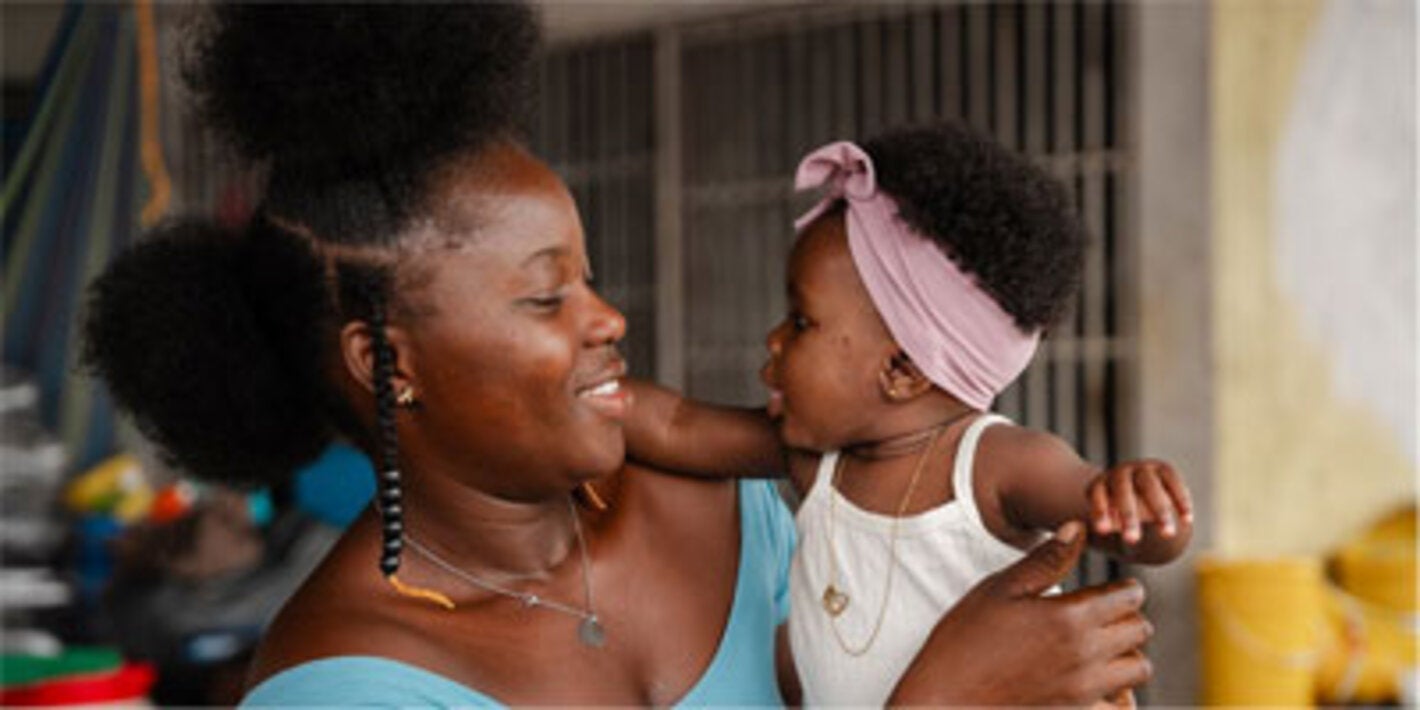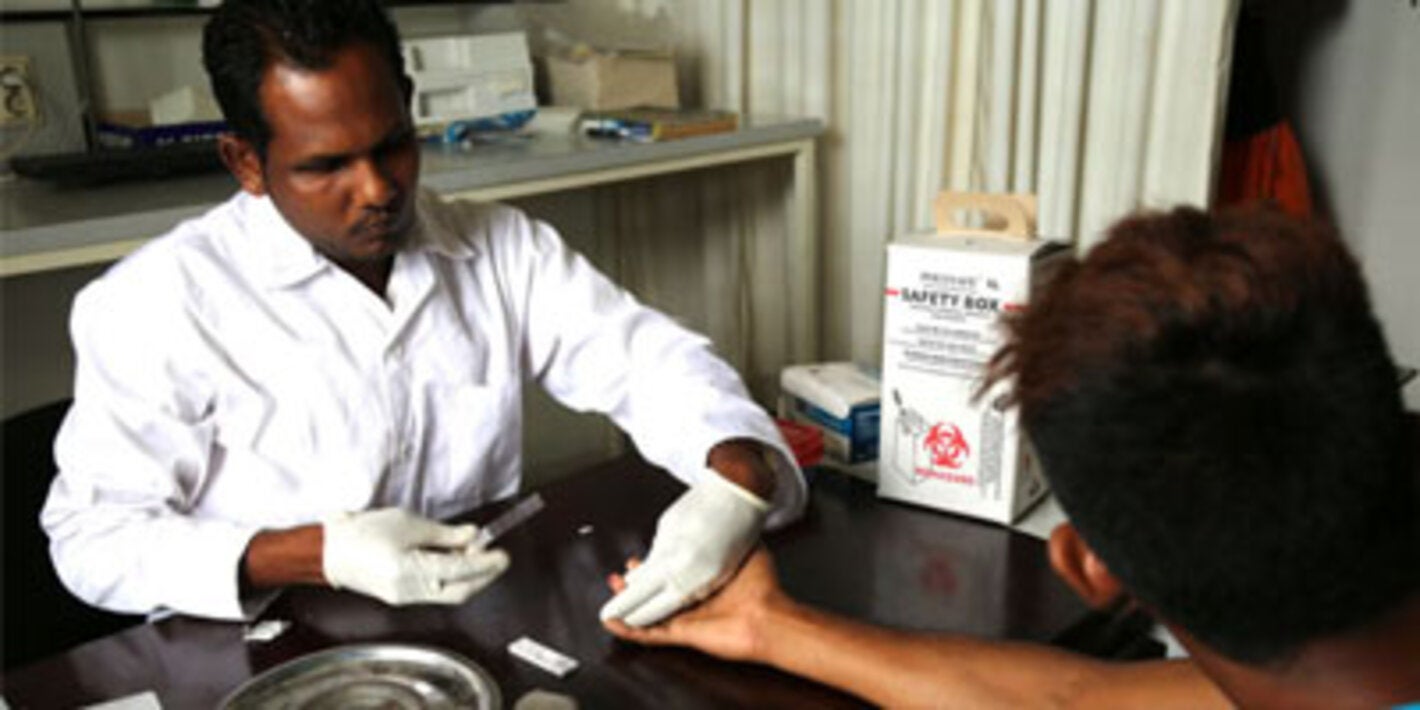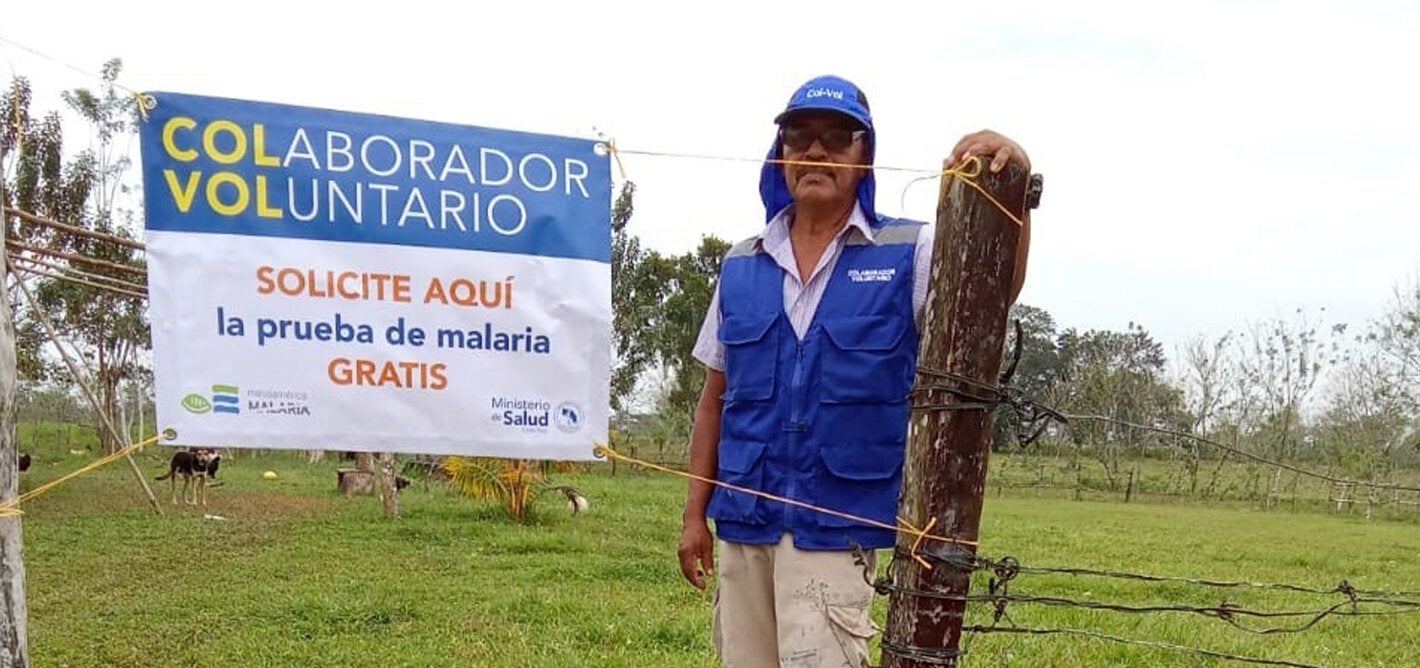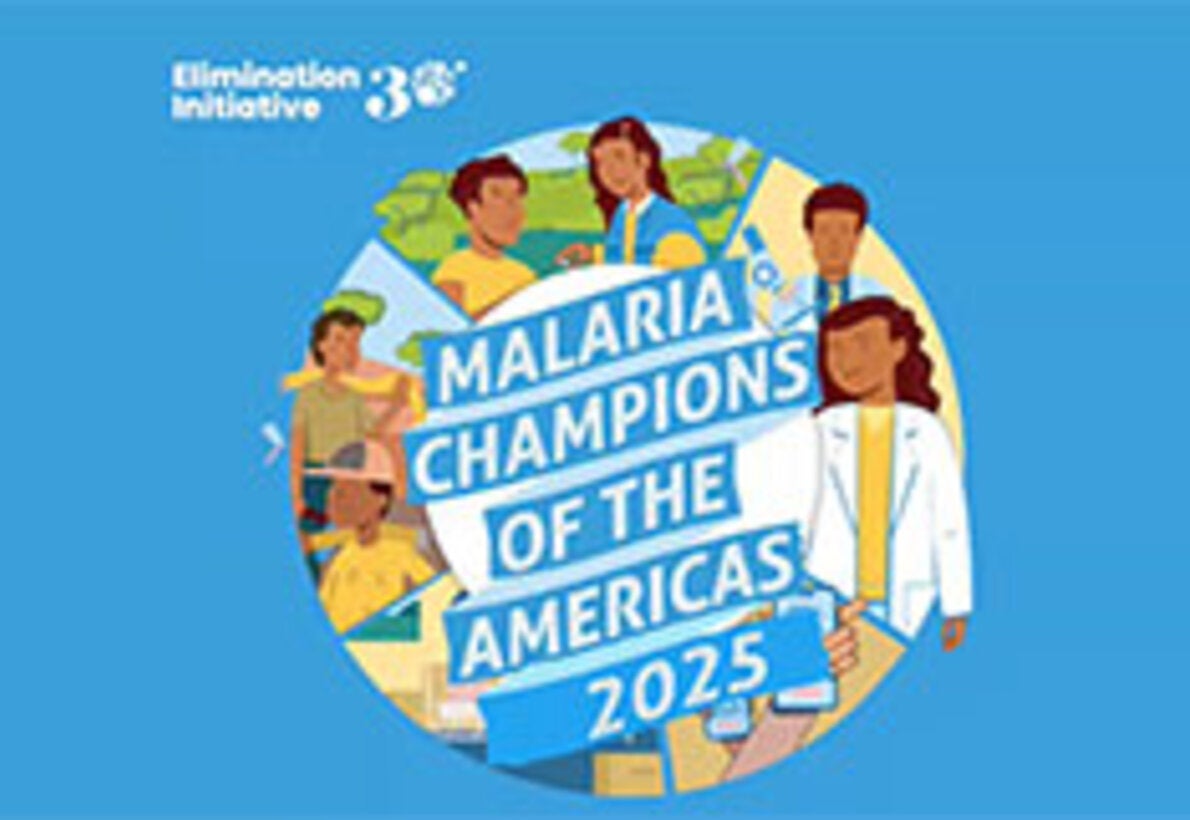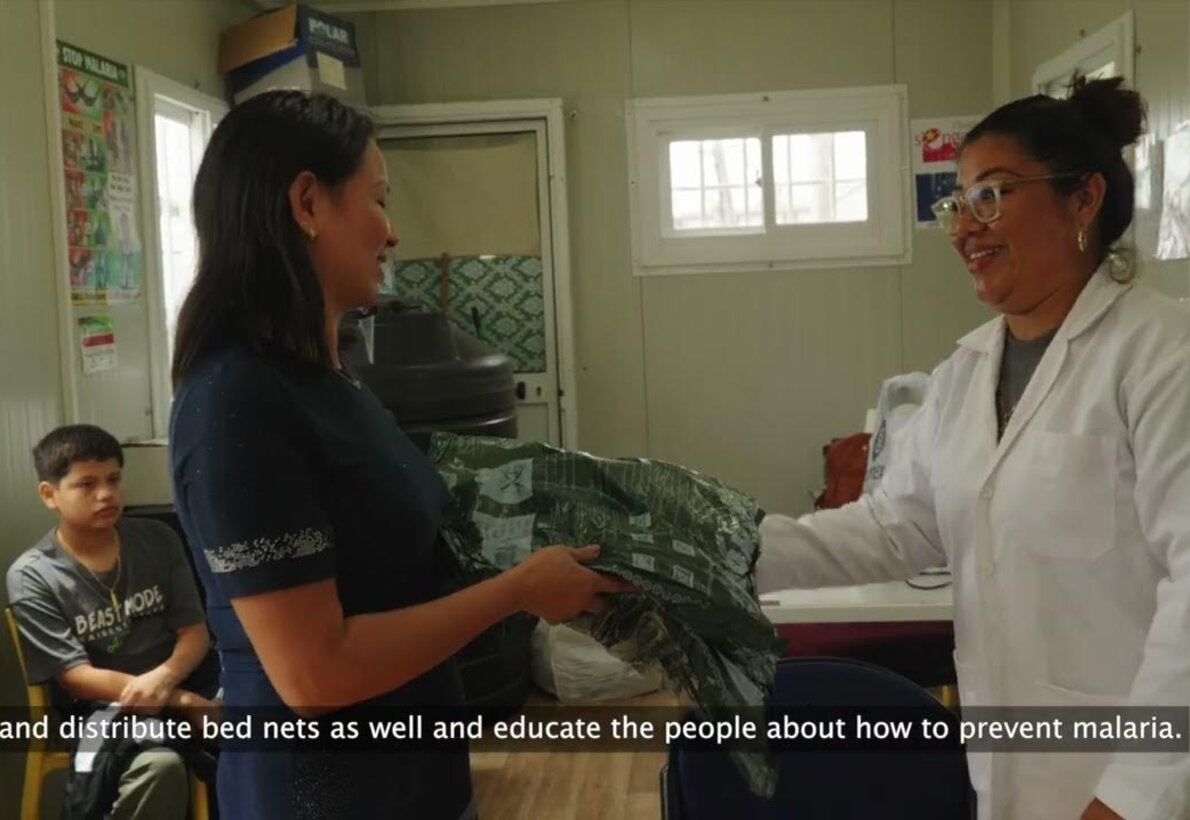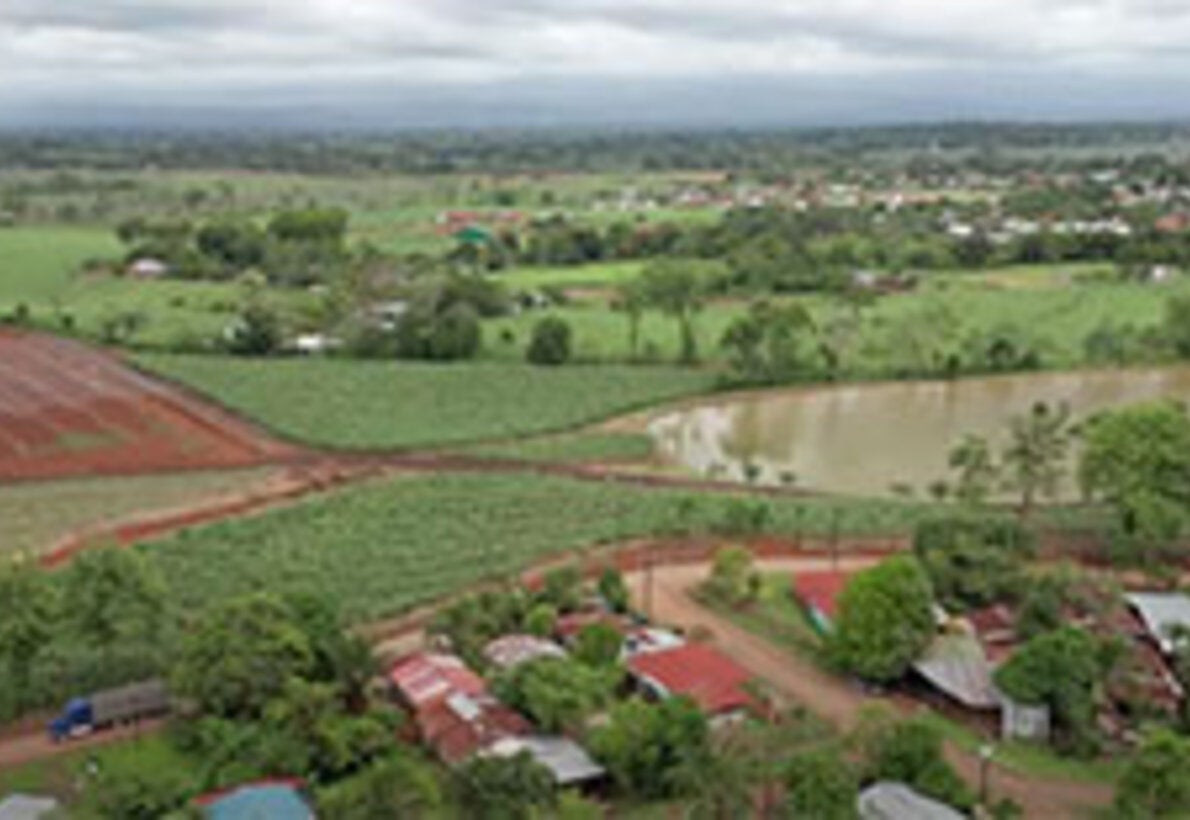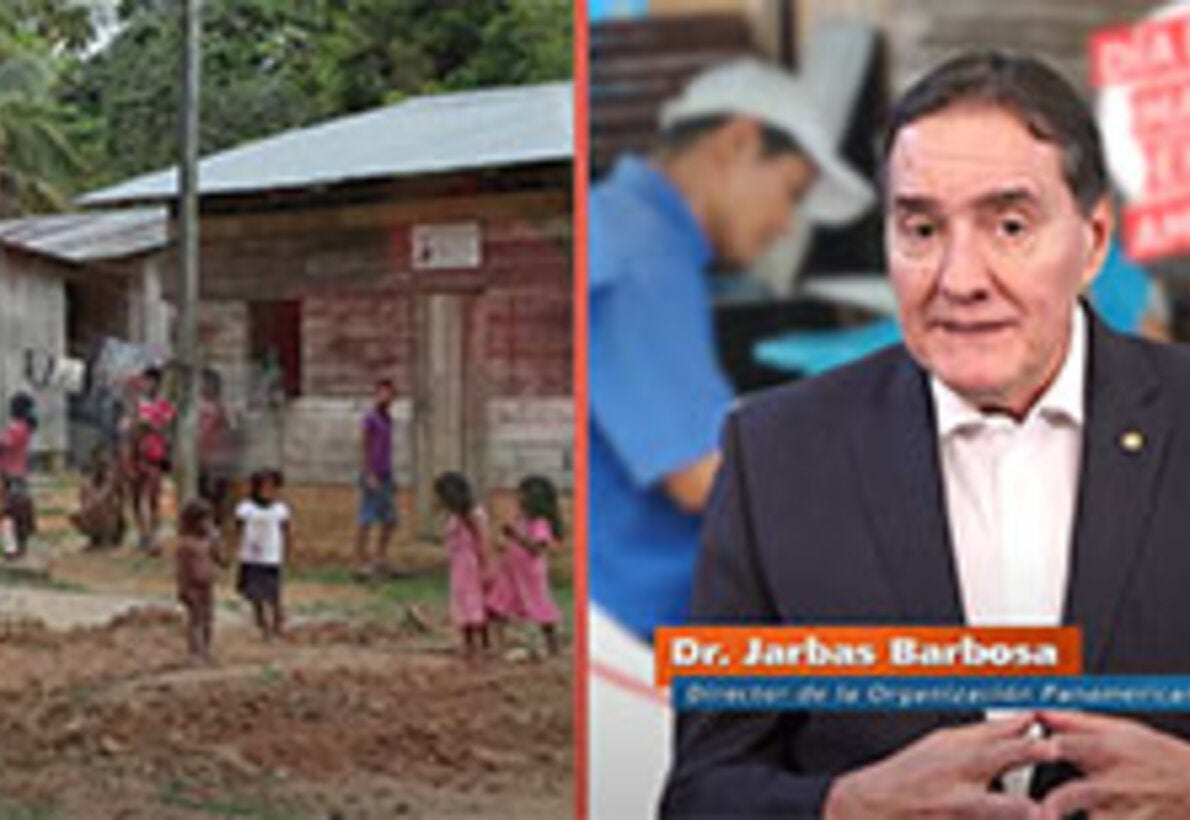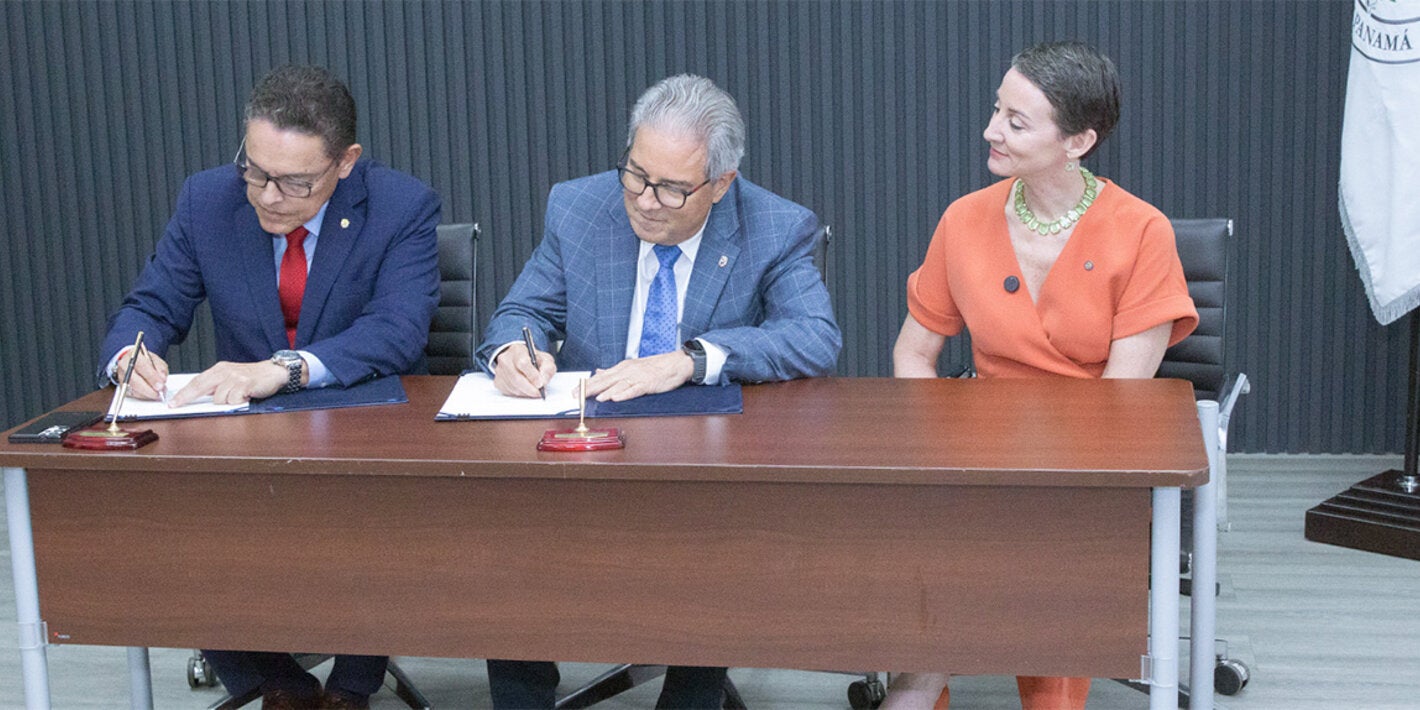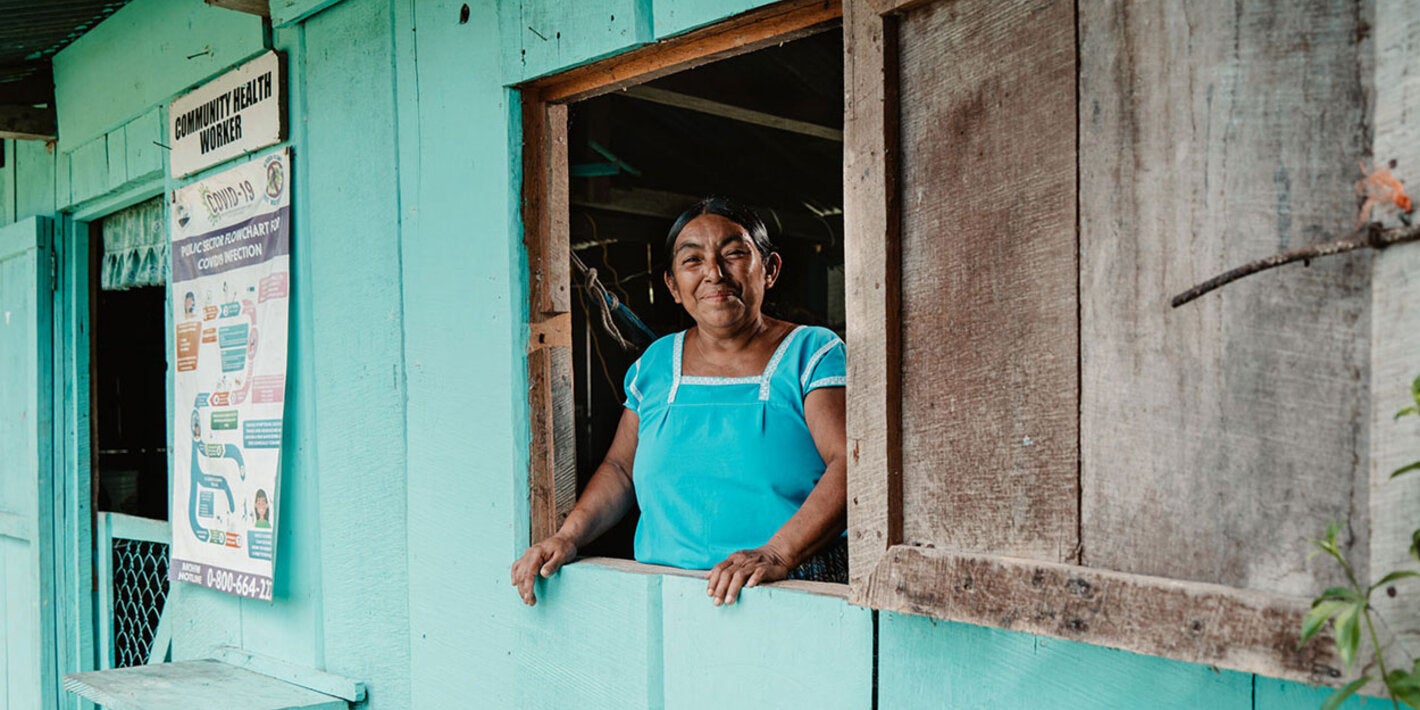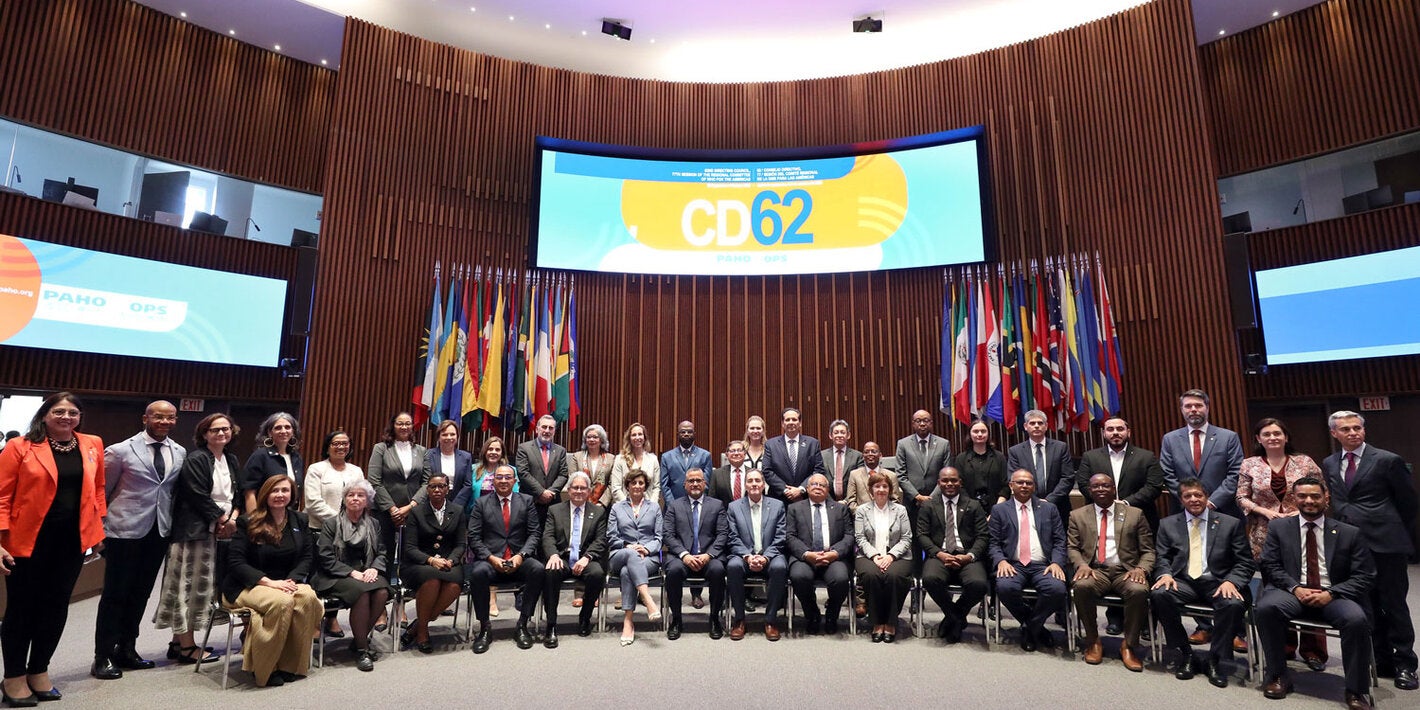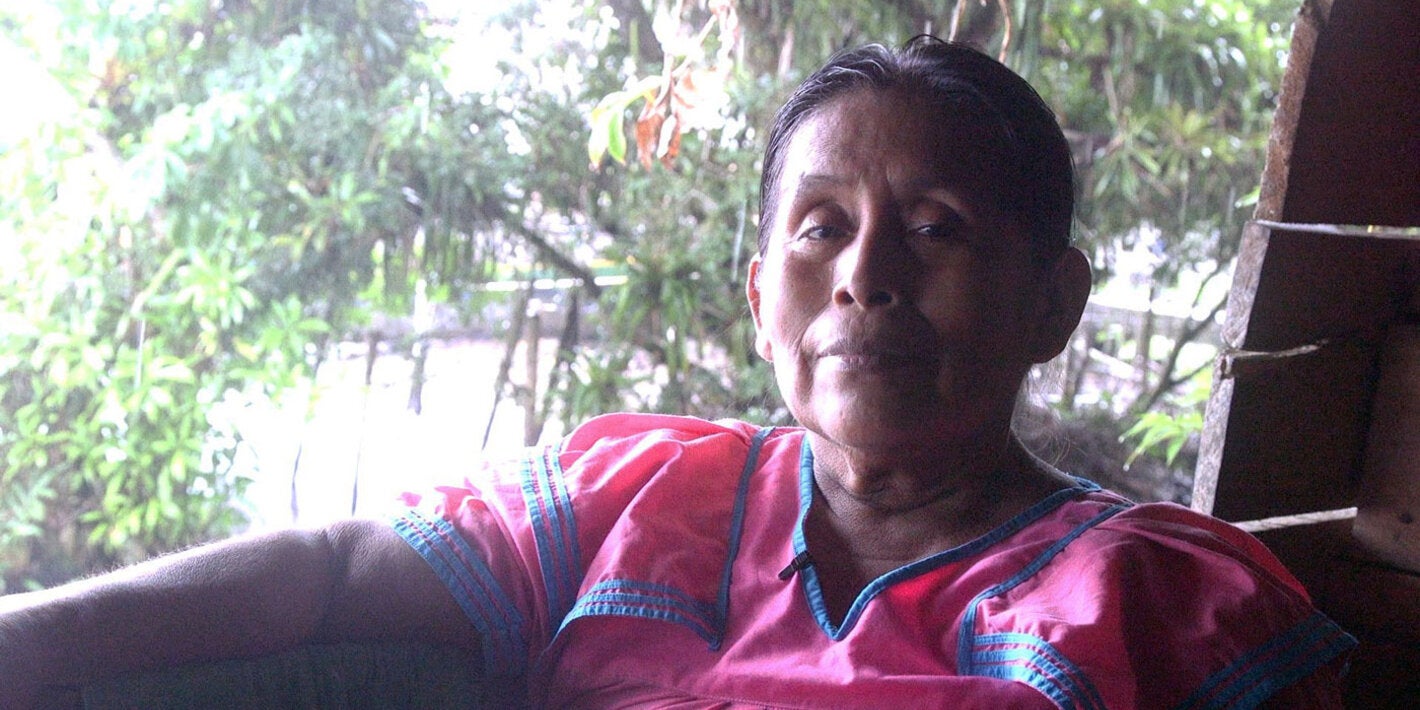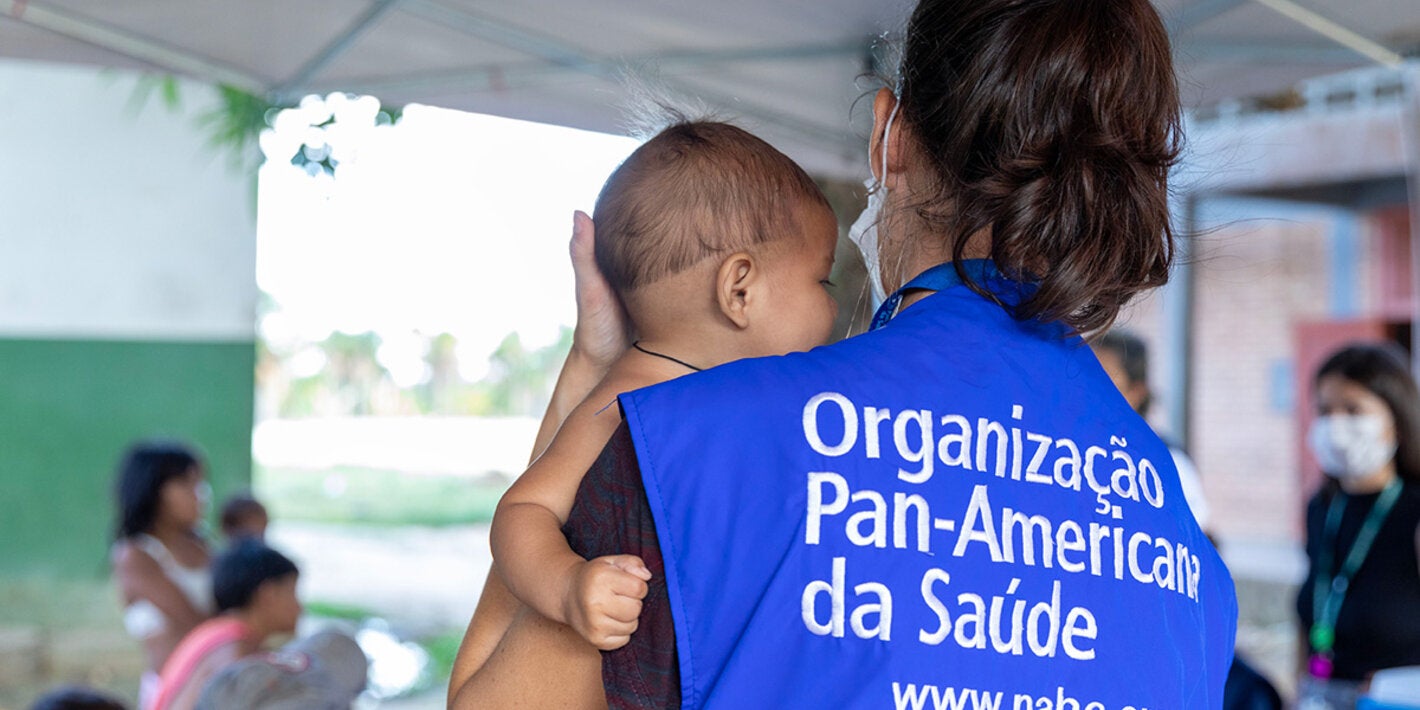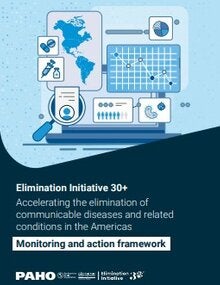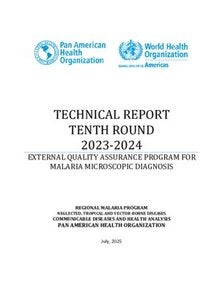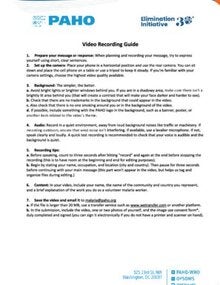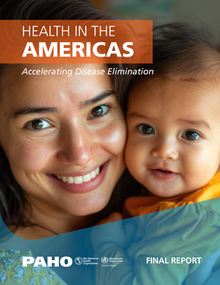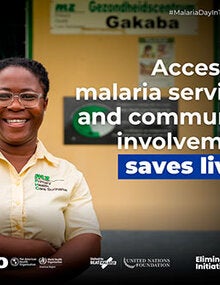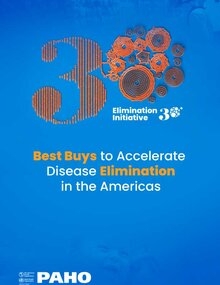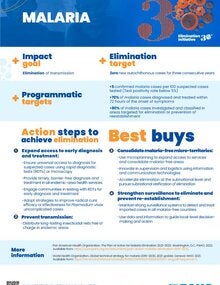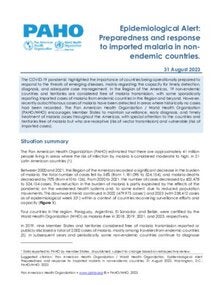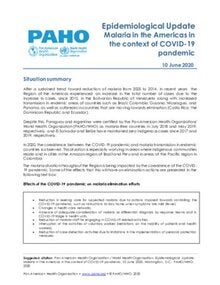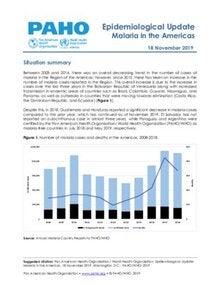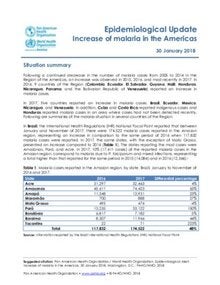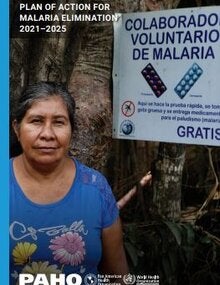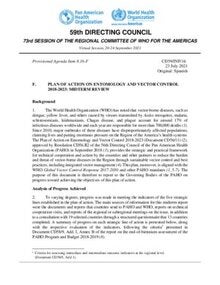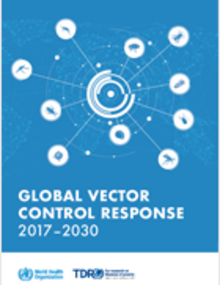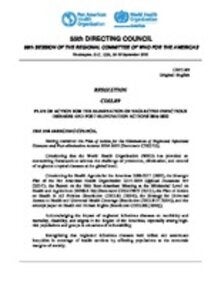SUBMENU
Malaria is a disease caused by the parasite Plasmodium, which is transmitted by the bite of an infected mosquito. Only the Anopheles genus of the mosquito can transmit Malaria. The symptoms of the disease include fever, vomiting, and/or headache. A characteristic malarial fever has ‘hot', ‘wet', and ‘cold' phases and appears 10 to 15 days after the mosquito bites. To diagnose malaria, blood slides are examined under a microscope, where the parasite is seen inside red blood cells. Rapid diagnostic test kits (RDTs) are used for diagnosing malaria in remote areas where microscopes cannot be used.
Plasmodium vivax or P. falciparum are the most common malarial parasites, while P. malariae and P. ovale are other rarer forms. Of these, infection with P. falciparum is the most fatal if left untreated, possibly leading to kidney and brain complications, and even death. Chloroquine was the treatment of choice for malaria and is still followed in most countries for treatment of P. Vivax, but P. falciparum has developed resistance to it. As a result, Artemisinin-based combination therapy is now presently advised as the primary treatment for malaria. Among preventive measures, the use of insecticide treated nets at home and indoor residual spraying of insecticides are recommended for malaria. These precautions act by decreasing exposure to bites of infected mosquitoes.
- Malaria is a life-threatening disease caused by parasites that are transmitted to people through the bites of infected mosquitoes.
- In the Americas, 536 700 cases of malaria and around 136 deaths were reported in 2024.
- Malaria is preventable and curable.
- Eighteen countries including one territory in the Region of the Americas are currently at risk of malaria.
- Paraguay, Argentina, El Salvador, and Belize were certified malaria free by WHO in 2018, 2019, 2021, 2023, and 2024 respectively.
- Three quarters of reported malaria cases in the region are caused by P. vivax.
- Nine countries and one territory in this region are part of the E-2025 initiative: Belize, Costa Rica, the Dominican Republic, Ecuador, French Guyana, Guatemala, Honduras, Mexico, Panama and Suriname.
- Malaria prevention in most countries relies on Indoor Residual Spraying (IRS), or mass or routine distribution of insecticide treated mosquito nets (ITNs).
- There are four types of human malaria: Plasmodium falciparum - Plasmodium vivax - Plasmodium malariae - Plasmodium ovale.
Malaria transmission rates can differ depending on local factors such as rainfall patterns (mosquitoes breed in wet conditions), the proximity of mosquito breeding sites to people, and types of mosquito species in the area. Some regions have a fairly constant number of cases throughout the year - these countries are termed "malaria endemic". In other areas there are "malaria seasons" usually coinciding with the rainy season.
Large and devastating epidemics can occur when the mosquito-borne parasite is introduced into areas where people have had little prior contact with the infecting parasite and have little or no immunity to malaria, or when people with low immunity move into areas where malaria cases are constant. These epidemics can be triggered by wet weather conditions and further aggravated by floods or mass population movements driven by conflict.
The common first symptoms - fever, headache, chills and vomiting - usually appear 10 to 15 days after a person is infected. If not treated promptly with effective medicines, malaria can cause severe illness and is often fatal.
Who is at risk?
Most cases and deaths in the Americas are in South America and Haiti. Nevertheless, Central America, Mexico, and Dominican Republic are also affected. In 2019, malaria was present in 19 countries and territories.
Specific groups at risk are:
- Travelers from malaria-free regions, with little or no immunity, who go to areas with high disease rates are very vulnerable.
- Workers in mines are very vulnerable, especially those working in the unorganized and artisanal mining sector. Up to 40% of malaria cases in the countries of the Americas are found in this risk group.
- Indigenous populations are at a high risk of malaria, especially those that live in malaria endemic areas like the Amazon Forest, the Miskita zone in Central America, and Chiapas in Mexico.
Early treatment of malaria will shorten its duration, prevent complications and avoid a majority of deaths. Because of its considerable drag on health in low-income countries, malaria disease management is an essential part of global health development. Treatment aims to cure patients of the disease rather than to diminish the number of parasites carried by an infected person.
The best available treatment, particularly for P. falciparum malaria, is a combination of drugs known as artemisinin-based combination therapies (ACTs). However, the growing potential for parasite resistance to these medicines is undermining malaria control efforts (see below). There are no effective alternatives to artemisinins for the treatment of malaria either on the market or nearing the end of the drug development process.
WHO recommends:
- prompt treatment for all episodes of disease (within 24 hours of the onset of symptoms if possible);
- use of insecticide-treated nets for night-time prevention of mosquito bites;
- indoor residual spraying to kill mosquitoes that rest on the walls and roofs of houses.
More information: WHO guidelines for the treatment of malaria | More Information on Diagnosis - WHO Website
Drug resistance to commonly used antimalarial drugs has spread very rapidly. In order to avoid this for artemisinins, they should be used in combination as ACTs, and artemisinin monotherapy (use of one artemisinin drug versus the more effective combination pill) should not be used. The less effective single-drug treatment increases the chance for parasites to evolve and become resistant to the medicine. Intensive monitoring of drug potency is essential to protect against the spread of resistant malaria strains to other parts of the world.
WHO recommends continuous monitoring and is assisting countries as they work to strengthen drug observation efforts.
Prevention focuses on reducing the transmission of the disease by controlling the malaria-bearing mosquito.
Two main interventions for vector control are:
- use of mosquito nets treated with long-lasting insecticide, a very cost-effective method;
- indoor residual spraying of insecticides.
These core interventions can be locally complemented by other mosquito vector control methods (for example, reducing standing water habitats where insects breed, among other approaches).
Mosquito control efforts are being strengthened in many areas, but there are significant challenges, including:
- increasing mosquito resistance to key insecticides DDT and pyrethroids, particularly in Africa;
- a lack of alternative, effective insecticides;
- changing behaviours of local malaria-bearing mosquitoes, which can result from vector control efforts (as insects move to more hospitable areas).
There are no equally effective and efficient insecticide alternatives to DDT and pyrethroids, and the development of new pesticides is an expensive, long-term endeavour. Vector management practices that enforce the sound management of insecticides are essential.
Insecticide resistance detection should be a routine feature of national control efforts to ensure that the most effective vector control methods are being used.
Countries in the Americas have shifted the focus of their malaria programs from control to elimination. Recent data shows that large-scale use of PAHO/WHO recommended strategies could rapidly reduce malaria, especially in areas of high transmission. Member States have made significant gains in malaria elimination efforts. In 2018 Paraguay was certified as having eliminated malaria, the first country in the Americas to be granted this status since Cuba in 1973. Argentina was certified as having eliminated malaria in 2019. Country successes are due to intense national commitments and coordinated efforts with partners.
- The Plan of Action for Malaria Elimination 2021-2025 has been developed in consultation with countries and regional partners as a framework of reference to guide the efforts of countries and the contributions of donors and partners towards elimination of the disease in the Americas.
- The document seeks to guide national plans and promote an inter-programmatic- intersectoral approach, and joint efforts between countries and partners.
- The Plan promotes a systematic action of detection, diagnosis, and response, which must be massively implemented and monitored programmatically.
- In the document is remarked the need to address key malaria foci in each country with specific, information-based operational solutions.




